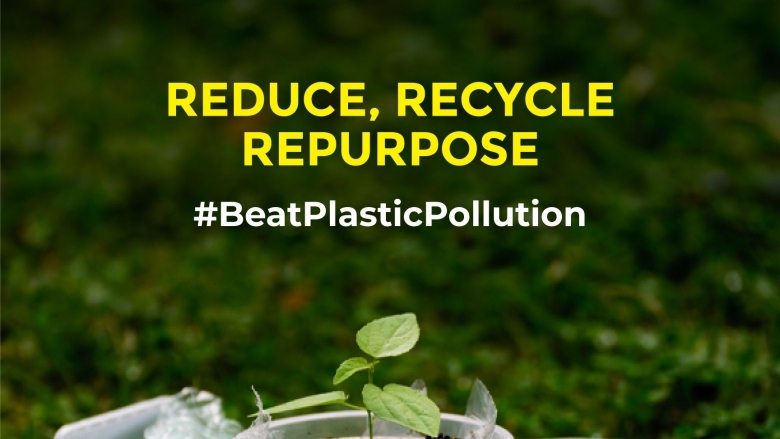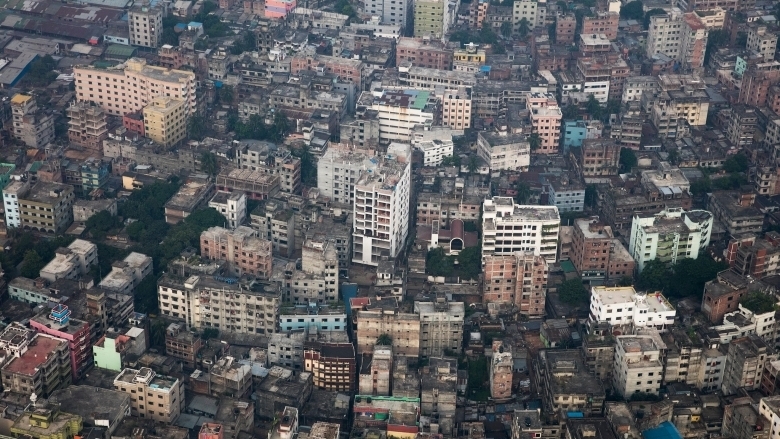Sharp increase in plastic pollution: Numbers tell the story
With rapid growth and urbanization, Bangladesh faced a sharp increase in both plastic use and pollution. In the last 15 years, Bangladesh’s annual per capita plastic consumption in urban areas tripled to 9.0 kg in 2020 from 3.0 kg in 2005. Consumption of LDPE packaging materials (plastic bags, etc.) increased fivefold in 2020 from 2005. Of the 977,000 tons of plastic consumed in 2020, only 31 percent were recycled. Most mismanaged plastic waste was single-use plastics like shopping bags, packs, and wrappers.
Mismanaged plastic waste are polluting cities, countryside, rivers, and canals. They clog drains, causing urban flooding. Plastic is a material that degrades slowly and into tiny particles (called microplastics), posing a significant risk to humans, marine life, and ecosystems.
The current COVID-19 crisis has only exacerbated conditions, especially from single-use plastic used in masks, gloves, and Personal Protective Equipment.
Dhaka faces higher plastic pollution than other cities
The capital Dhaka’s annual per capita plastic consumption is more than three times the national average for urban areas and stands at 22.25 kg. About 646 tons of plastic waste is collected daily in Dhaka, which is 10 percent of all wastes generated in Bangladesh. Only 37.2 percent of the plastic waste in Dhaka is recycled.
The average per capita plastic consumption in European countries is more than 100 kg -- much higher than in Bangladesh. But Bangladesh is one of the top plastic polluted countries due to mismanagement of plastic waste.


